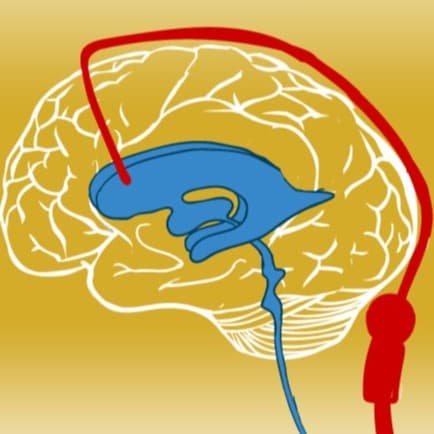Caring For Your Child’s Ventriculoperitoneal Shunt
Learn how to care for your child's ventriculoperitoneal (VP) shunt to ensure its proper function and prevent complications.

Fluid — also known as cerebrospinal fluid or “CSF” — provides cushion and protection around the brain. If too much fluid builds up in the brain, it can cause brain damage and lead to serious problems for your child’s health. If left untreated, this fluid can be life-threatening.
A ventriculoperitoneal (VP) shunt may be placed to help drain the fluid out of the brain.
A VP shunt is a long plastic tube (catheter) that drains the fluid from your child’s brain to the lining of their abdomen, called the peritoneum. A valve, which is connected to the catheter, is placed behind your child’s ear. When excess fluid puts pressure on the valve, it opens to drain the fluid to their abdomen, where it gets absorbed.
A VP shunt can be programmable or non-programmable. It’s very important to know which type of shunt your child has. If a shunt is programmable, the neurosurgeon can adjust the amount of fluid it drains from the brain, even after it has been placed. Non-programmable shunts Can’t be adjusted without additional surgery.
Potential risks and complications of a shunt include:
Shunt malfunction
Shunt infection
Bleeding
Brain damage
Injury to structures inside of the abdomen from the catheter
Need for replacement or repositioning of shunt
Contact Us
To make an appointment, contact the Children's Nebraska Hematology & Oncology team at 402.955.3950.
